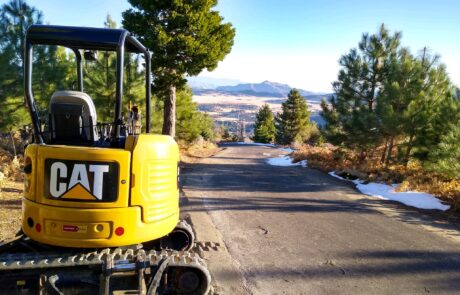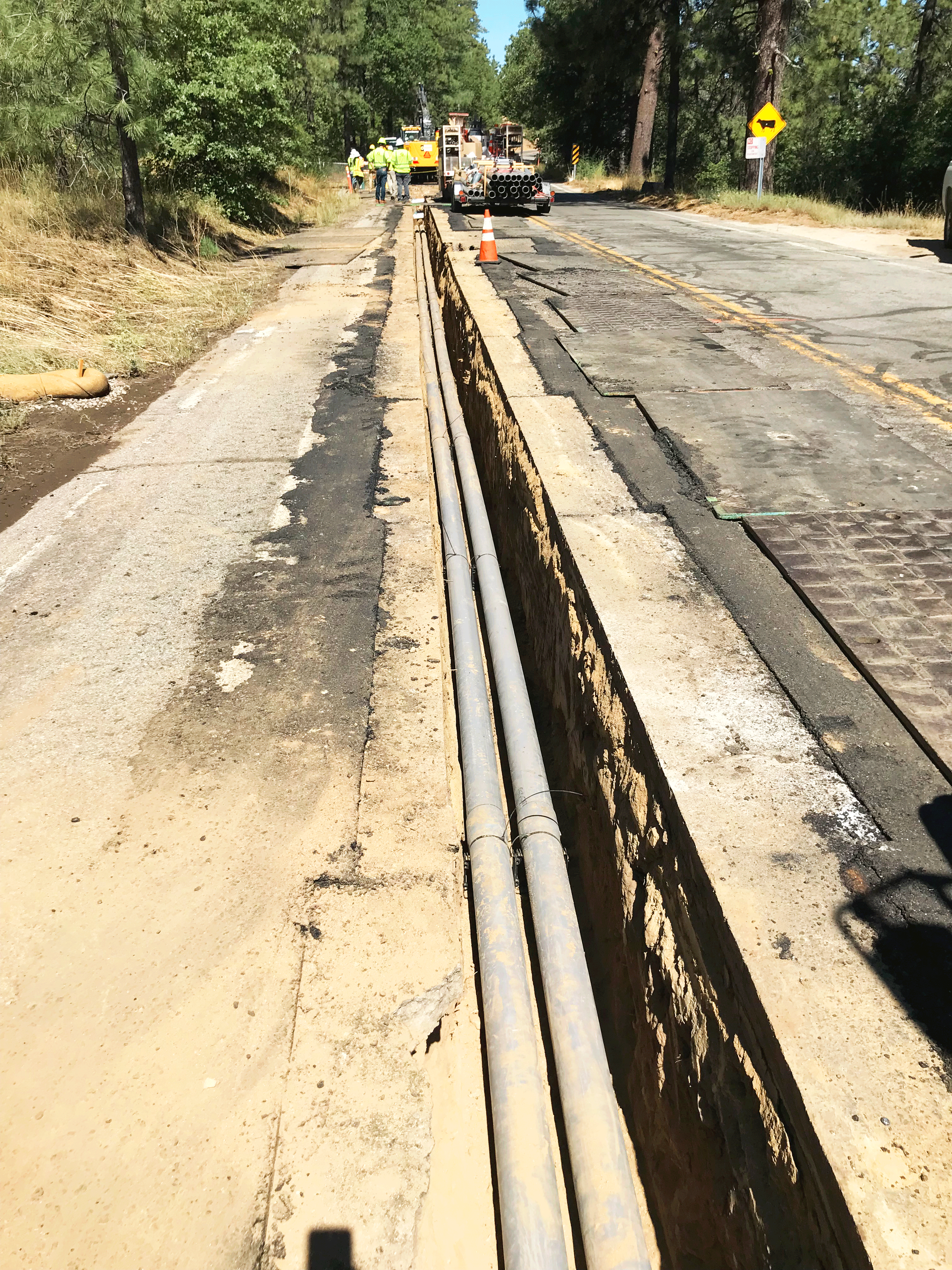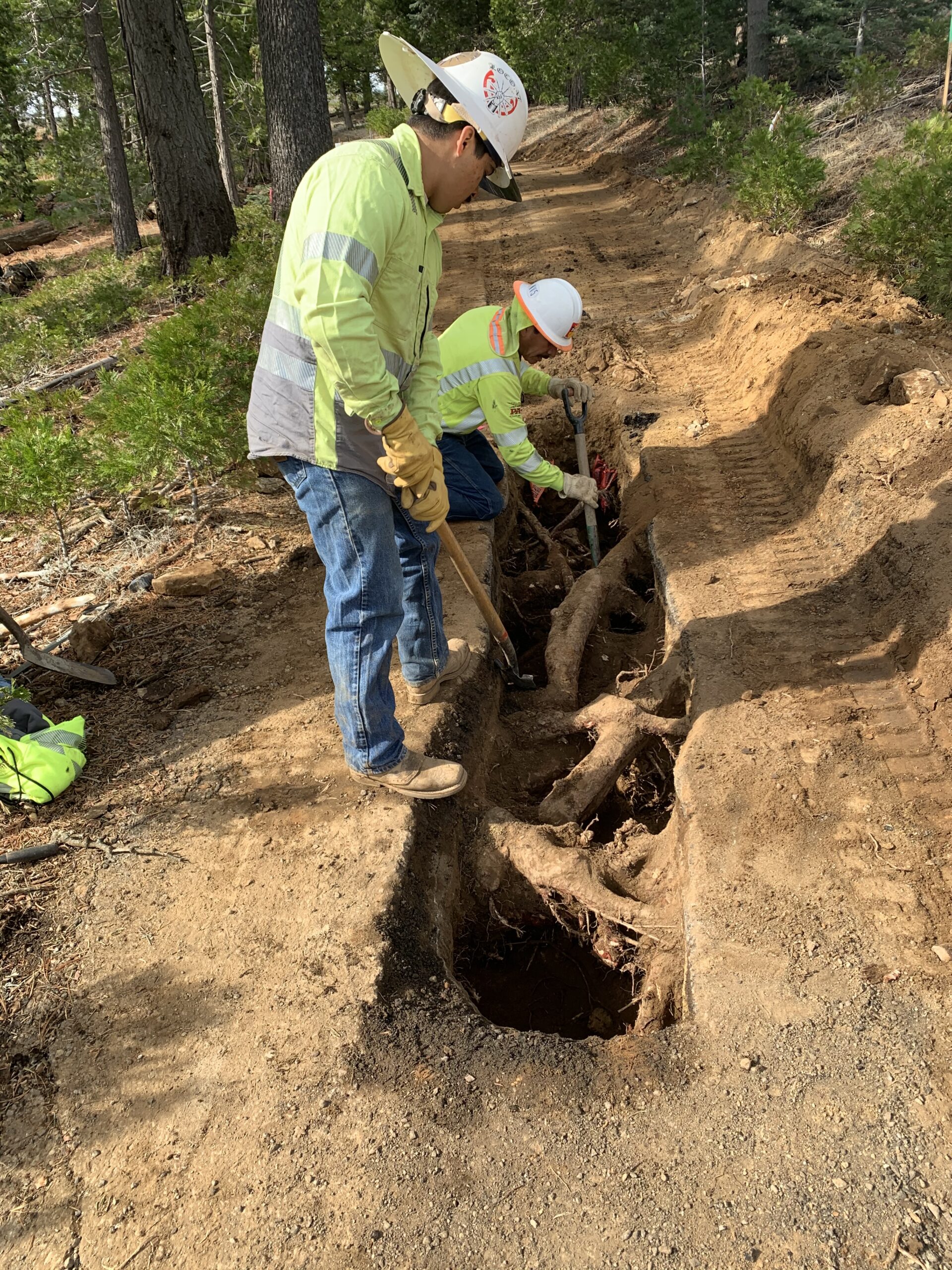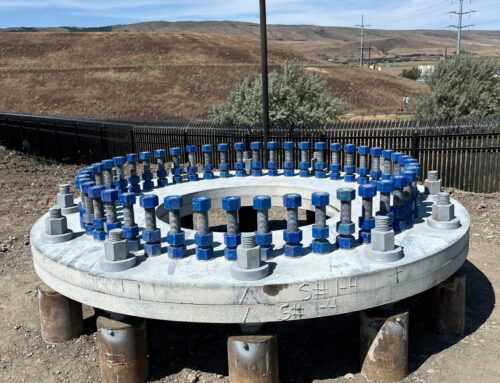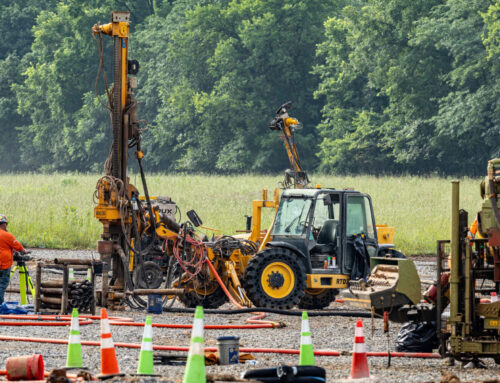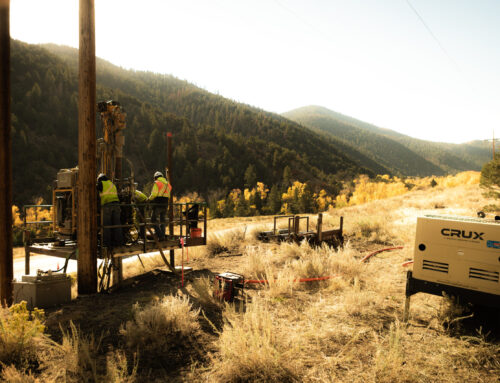
The combined project consisted of 124 miles of line replacement, 54 miles of distribution underbuilds, and 14 miles of underground 12 kV and 69 kV. Underground work was split between three segments: C440 Phase 1 (10.0 miles of undergrounding), C449 (1.56 miles of undergrounding) and C79A (2.84 miles of undergrounding).
Team Members
San Diego Gas & Electric
Par Western Line Contractors
Crux Subsurface
Crux’s Role
Crux served as Prime Contractor on the EPC project, overseeing all aspects of construction. Undergrounding work traversed a variety of undeveloped and protected/regulated land, including National Forest, California Parks + Recreation, rural residential, commercial business and public facilities, requiring significant communication and coordination. Work scope encompassed all aspects of preparation, install and restoration, including trench excavation, conduit install, substructure installation and roadway restoration.
Substantially more hard rock was encountered than originally anticipated. Conventional excavation methods were not effective in the hard, granitic rock on Segment C440, and a 985 Tesmec rock trencher was mobilized to perform trenching operations for this Segment. Additional challenges included performing underground operations within high-speed highway corridors during peak traffic times. Single lane closures and pilot vehicles were utilized to control the flow of traffic during work hours, and trench plates were installed at the end of each shift each day to secure excavations overnight. Approximately 4,000 linear feet of trench plate were used along the route to Mt. Laguna to mitigate public exposure to open trenches and deep substructure excavations within the roadway.
Work was impacted by a wide variety of sensitive vegetation communities, special-status plant occurrences, sensitive species occurrences, cultural/historic sites, among others. The project team needed to be diligent in permitting, identification and mitigation efforts to successfully work through these challenges. Additional challenges included inclement weather. A number of project work sites were located in altitudes above 6,500 feet, experiencing snow, wind, and freezing conditions over the full course of the year.

